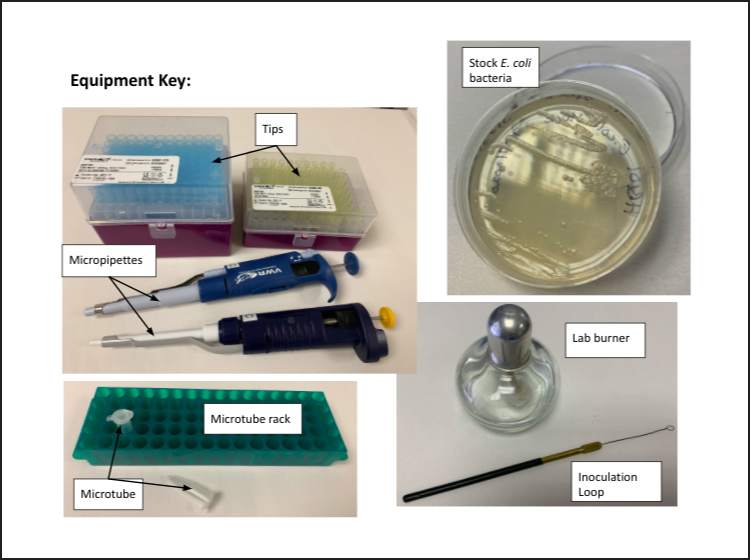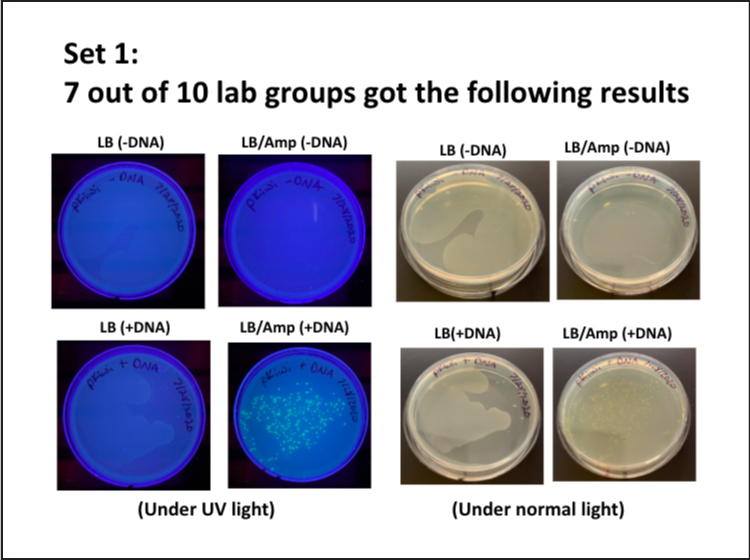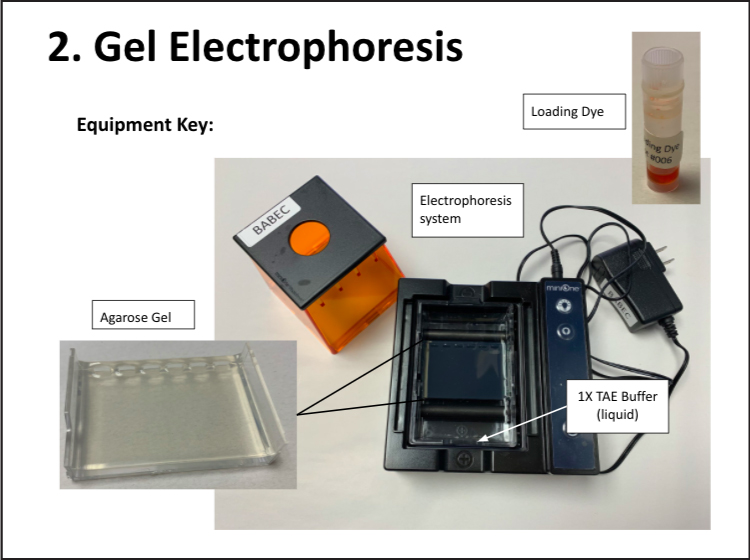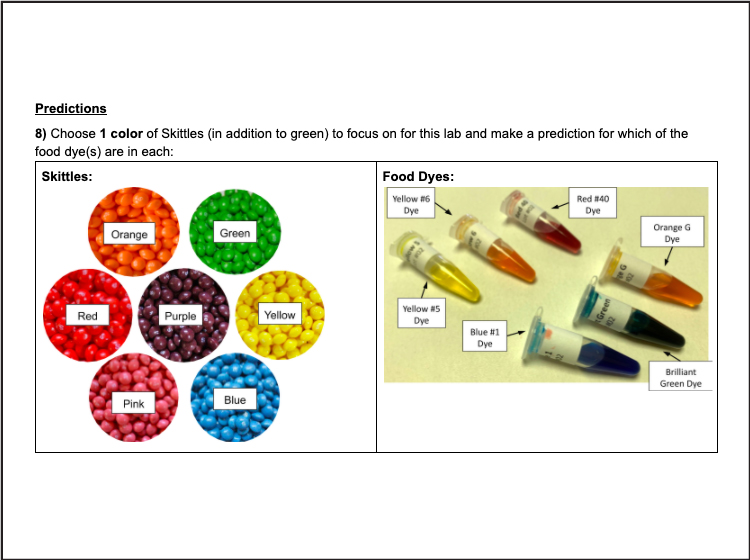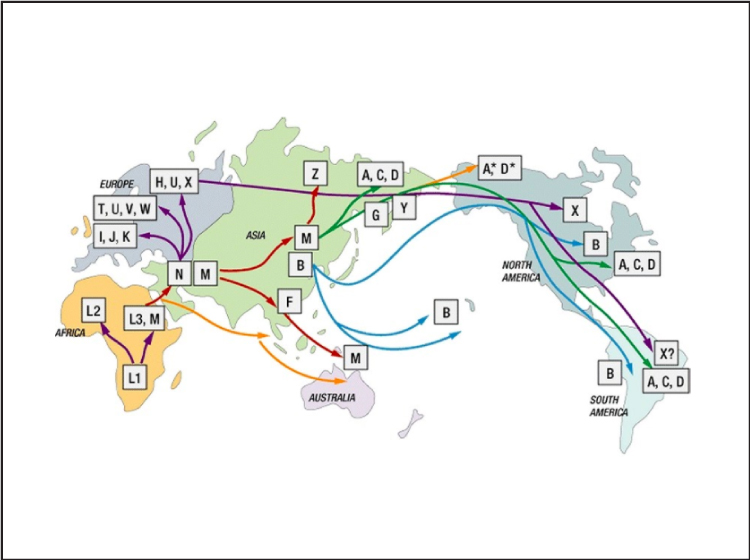News
Popular BABEC Labs Redesigned for Remote Learning
In the summer of 2020, the BABEC curriculum team quickly adapted to educator’s needs for virtual learning resources. We adapted our most popular lab activities into 100% virtual options – with flexible lesson plans for teachers, and custom-made videos to simulate the BABEC lab experience for students.
These new materials were intended to serve as substitutes for hands-on laboratory activities for high school biology and biotech teachers during distance learning. But we’ve since decided to maintain the content on our website indefinitely because it offers deeper learning options in many areas that an in-class setting may not have time to cover.
Our goals with the remote learning curriculum package was to:
Provide authentic, meaningful science experiences
- Point of view lab videos, labeled equipment diagrams, pictures of actual results for students to analyze (both expected and unexpected)
Teachers can easily adopt and/or adapt and bring into their classrooms
- Created in Google docs for easy editing, sharing with students, and integration into Learning Management Systems
Are student-centered and position the teacher as facilitator
- Go beyond content delivery and engage students in science practices like asking questions, developing models, analyzing data, and constructing explanations
Are accessible to a variety of science learners
- Provide vocabulary tools, graphic organizers, and writing scaffolds
General Comments:
“I love them all. It helps my over-planning self to have thoroughly made resources that I can then cull from rather than having to expand on bare-bones lesson ideas.” (Felicia Yu, Concord High School)
“I did the Strawberry DNA Lab and the COVID19 Research Project and the online resources were SO well done! The best I have ever had. Very little modification to make them clear and easy to follow. THANK YOU!” (Gianne Souza, Abraham Lincoln High School)
“I used the Micropipetting Lab, Strawberry DNA Extraction and Dye Electrophoresis. My students liked all of the labs and in the end of semester feedback they shared that they want to do more virtual labs. I appreciated the background readings because I think it set students up for better understanding of what they were doing.” (Bonnie Daley, Lowell High School)
About the COVID-19 Pandemic Project”
“This curriculum encompasses things that I think are so important in every student’s science education – media literacy, relevant content, data analysis, and also the fact that students are developing their own inquiry questions that are driven by their interests.” (Jessica Valera, Aragon High School)
“All resources were in place; this unit can be used as is…superbly written and thought out…incorporates many skills and allows student collaboration and student choice/voice… helpful tools for teachers and students to both differentiate for different students, as well as to modify for shorter lessons if needed due to time constraints.” (Marianne Gudmundsson)
About mtDNA PCR:
“The topic is incredibly timely! And, the lab activity is very current and it is a really great application of PCR. I do appreciate the “flexibility” of the resource – it can be used in person/face-to-face with the mtDNA lab or it can be used remotely without the lab using the files that are available.” (Katie Ward, Aragon High School)
“Everything was useful-the organization, materials and resources, the rationale for each part of the lesson/steps using a phenomenon, as well as learning how to use snapgene and tying the concepts of DNA together with respect to race, ethnicity, and ancestry were all excellent!” (Marianne Gudmundsson)
“This lab clarifies important misconceptions having to do with “race” and “ethnicity” from a biological perspective.” (Byron Gougoumis, Burton High School)
About DNA Forensics:
“[I appreciate] the usefulness of multiple results for students to be able to analyze and easy to follow student instructions.” (Byron Gougoumis, Burton High School)
“It’s really helpful to have the photos of alternate gel results at the end to show variations and to allow students to interpret where those variations could come from and which results would be the most reliable.” (Felicia Yu, Concord High School)
